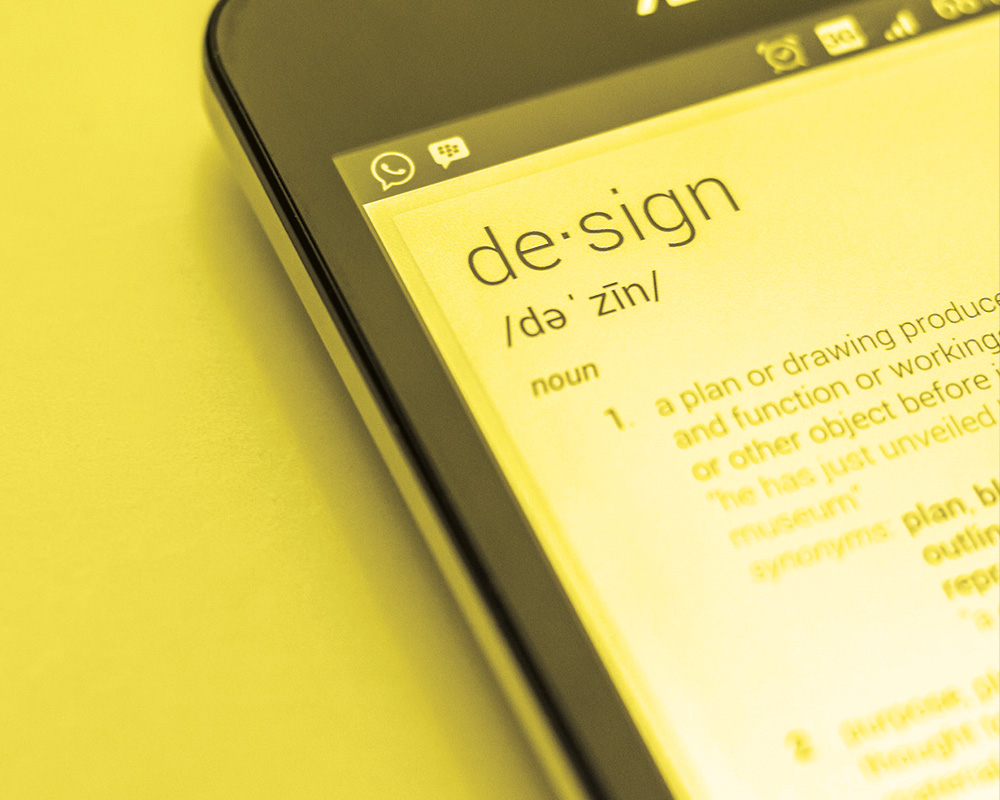
defining our design
“Can you make this look pretty?”
“How do we make this sexy?”
“Can we do something that looks like this?”
These are some of the most common questions we get asked when clients first get in touch with us. Part of what we do is about making things look aesthetically pleasing, however, it’s only a small part of what designers can help with. So, here’s some insight: making the most of design (and your money) starts with understanding what design means beyond the simple narrative of pretty looks.
The dictionary definition
The key to unlocking the potential of design for you, is to see design as an effective way to respond to everyday challenges, big and small. The Merriam-Webster dictionary attempts to capture all of what design is, and does so better than most:
Transitive verb
1: to create, fashion, execute, or construct according to plan
2 a: to conceive and plan out in the mind
b: to have as a purpose
c: to devise for a specific function or end
3 archaic: to indicate with a distinctive mark, sign, or name
4 a: to make a drawing, pattern, or sketch of
b: to draw the plans for
Intransitive verb
1: to conceive or execute a plan
2: to draw, lay out, or prepare a design
So it’s about creativity, planning, developing, execution, identity and purpose. Or as Victor Papanek put it: “Design is basic to all human activities – the placing and patterning of any act towards a desired goal constitutes a design process.” So yes, making something pretty is a part of it – mainly the desirability part – but it’s really not the most important part.
Why design?
Understanding design as a means to fulfil a purpose in an intentional way really begins to open up possibilities. Designers can help you understand a need, define and plan an approach, explore potential solutions and implement those solutions effectively and sustainably. Or simply, it is a cross-cutting approach can be used in different sectors, on various products, within extremely diverse contexts.
And different designers focus on different aspects. So, for example, graphic design is about using visual communication to create understanding. Web design combines information architecture and interaction design to ensure effective user experiences online. Industrial or product design focuses on developing products that solve particular challenges. UI designers create engaging online interactions and UX designers develop user journeys towards a specific outcome. And these are just some examples of types of design, with one thing in common… solving problems.
That’s also why it’s a challenge to define design because it can be applied in so many ways – it’s a creative, analytical (or critical), responsive approach that changes with every context. Add in multi-disciplinary teams, like ours, and you’ll realise that you simply can’t put it in a pretty box.
How do we do this
At emé, we use a mix of design approaches to create solutions that respond to every context and need uniquely. Hard to imagine, so here’s some examples of different design approaches we’ve used in different projects over the last few years:
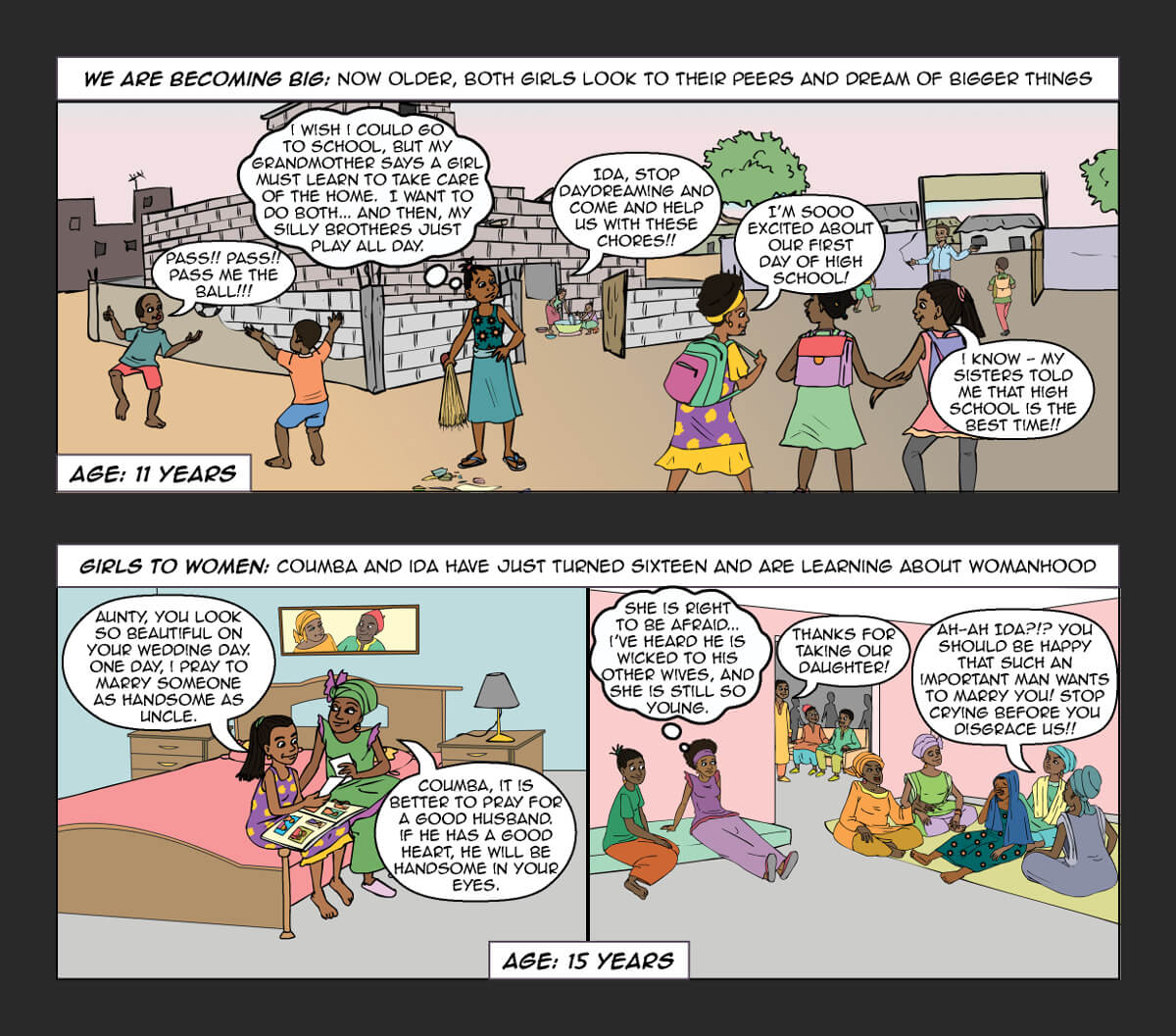
Using “storytelling” and “empathy” HCD principles to start conversations around how environments and self-determination affects the rights of girls and women.
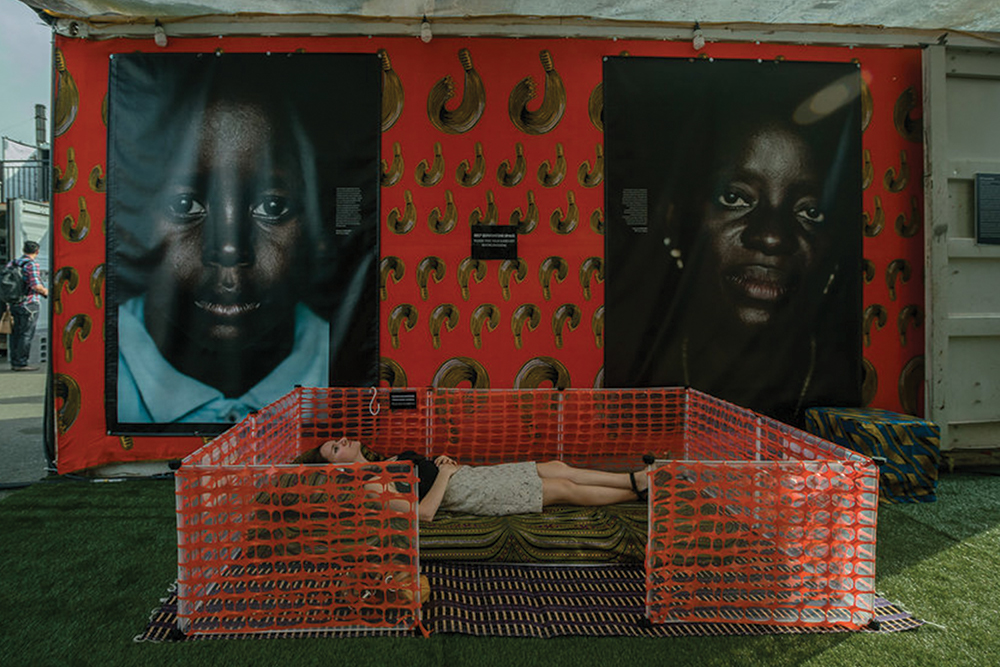
Applying a “discursive design” approach as a thought catalyst in an interactive exhibition around Ebola, that helped people to understand the sentiment and thus the humanity of the epidemic.
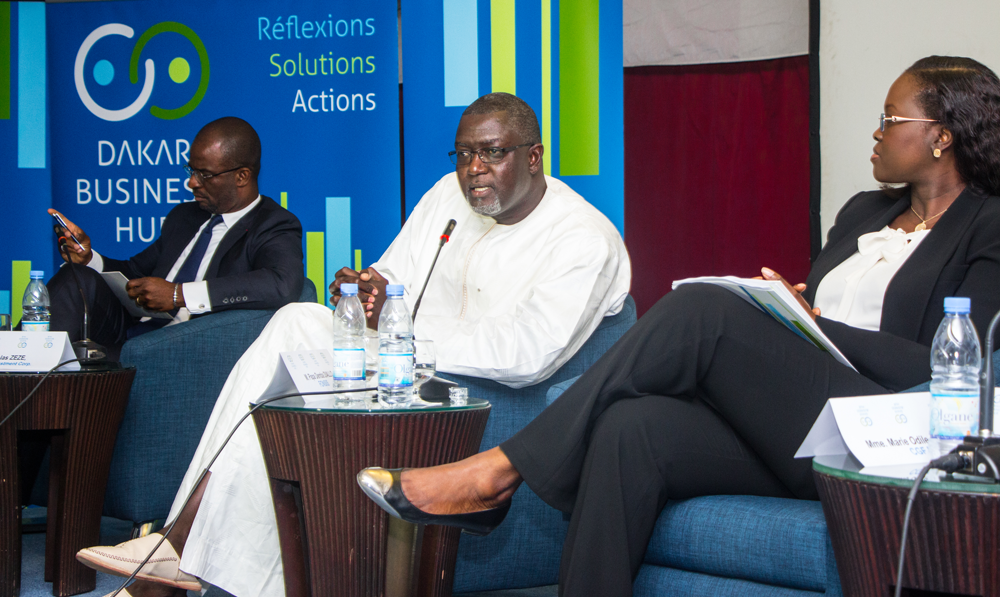
Using “branding” to help define the visual identity and value proposition for a private sector initiative to debate on development problems.
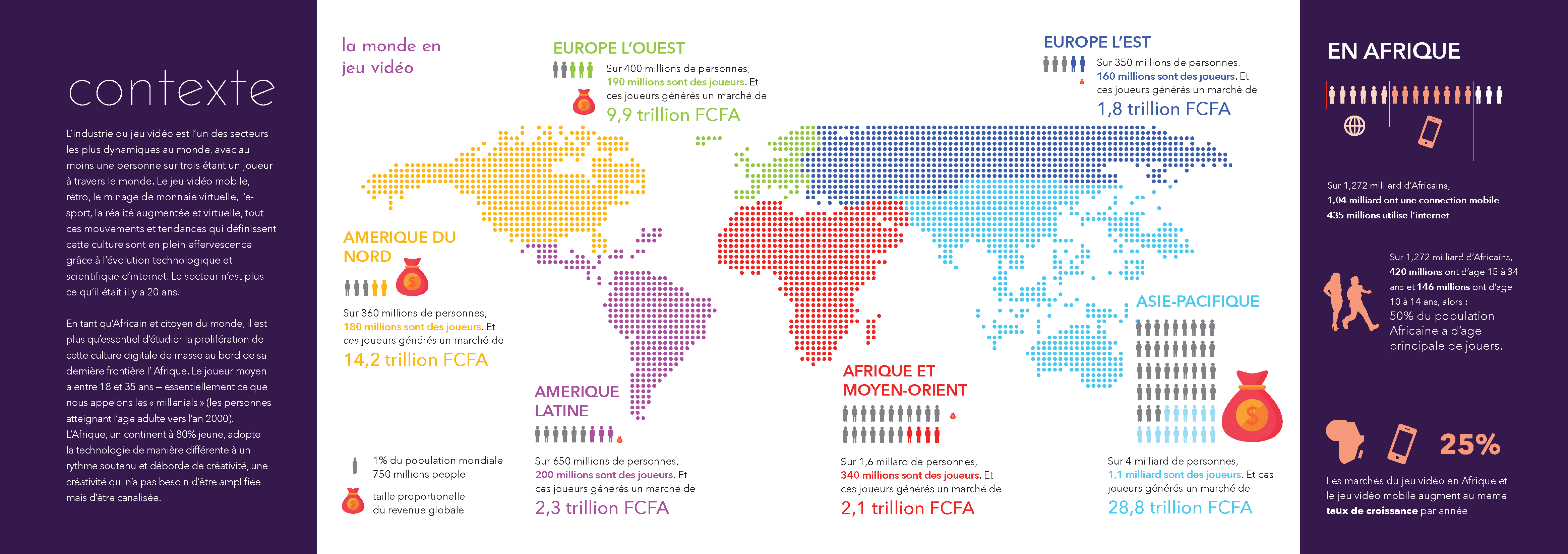
Combining “research” and good “typography”, “Iconography” and “data visualisation” to support concepts for the African gaming sector.
While all of these projects are quite different in their purpose, approach and even the need met, they all use their own unique combination of creative thinking and design processes to create meaningful impact. And that’s how emé designs.
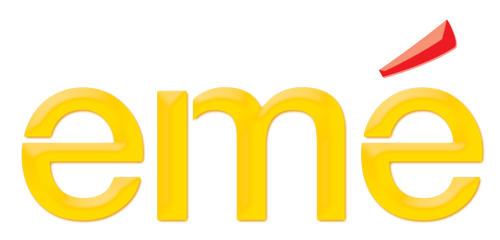
Sorry, the comment form is closed at this time.